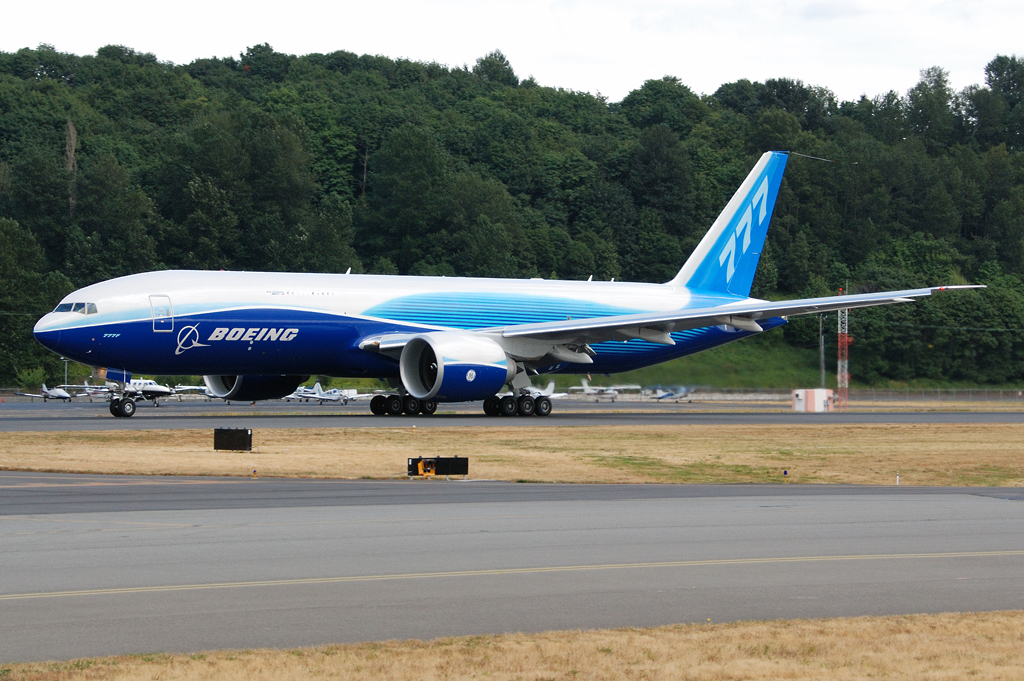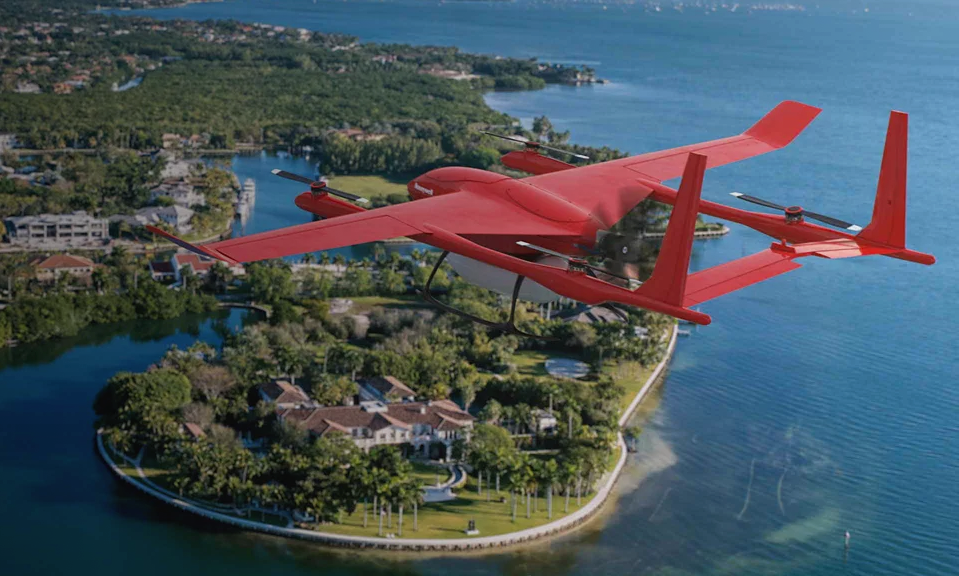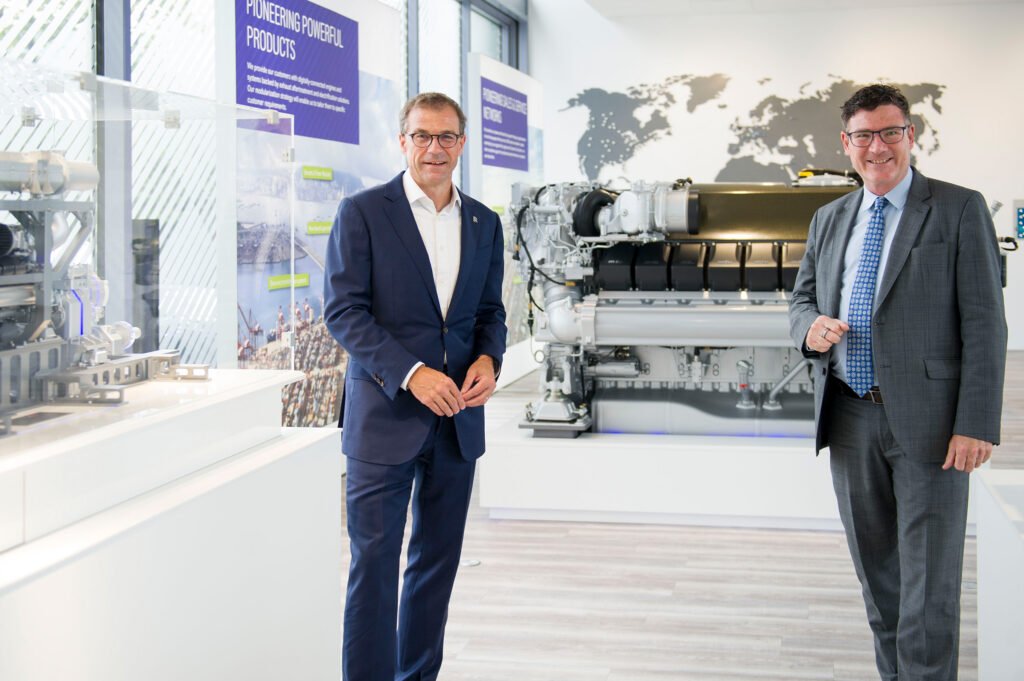Airbus and Northrop Grumman Team Up to shape NATO Future Surveillance and Control
Munich, Germany / Falls Church, Virginia, 8 November 2021 – Northrop Grumman Corporation (NYSE: NOC) and Airbus (OTC: EADSY) Defense and Space, together with seven industrial players, have established ASPAARO, the Atlantic Strategic Partnership for Advanced…









